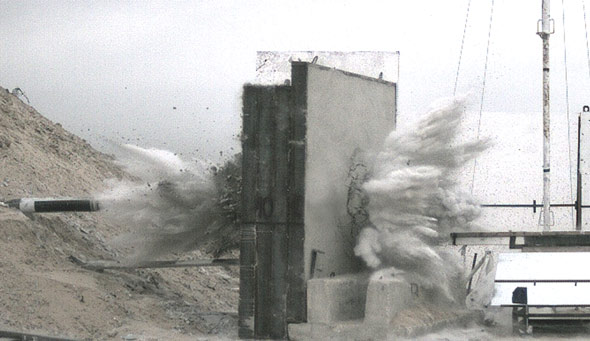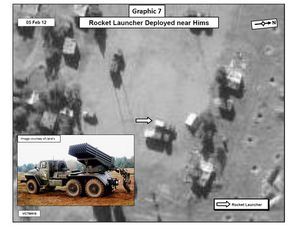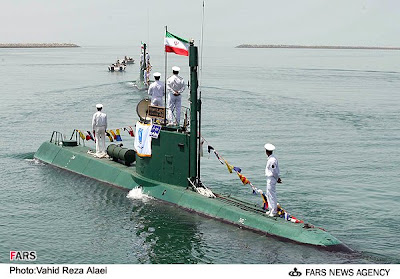Photo: IMI
February 12, 2012 Tamir Eshel – Defense Update
Israel Military Industries Ltd. announced today that the Boeing Company [NYSE:BA] has approved IMI’s 500-pound Multi Purpose Rigid (MPR 500) Bomb as compatible with their Joint Direct Attack Munition (JDAM) guidance kit.
The combination of IMI’s MPR 500 with Boeing’s JDAM guidance kit substantially enhances operational flexibility while reducing total ownership costs. With increased penetrating power and reduced collateral damage fragmentation, the MPR 500 was designed to defeat targets more commonly found in today’s fighting areana. By delivering IMI’s focused munition with Boeing’s reliable history of precision guidance, the MPR 500 JDAM system is ideal for gardened targets in dense urban areas or in close proximity to friendly troops.
IMI’s MPR 500 is a combat-proven 500-poud bomb with improved penetration capabilities and gas the same dimensions as a MK-82.
The bomb can penetrate more than one meter of reinforced concrete or punch through four 200mm thick walls or floors.
Because of its 500-pound size, MPR 500 enhances aircraft carriage efficiency, increasing the number of targets that can be engaged per sortie.
MPR 500 provides concentrated blast effects, utilizing approximately 26,000 controlled fragments. This reduces collateral damage risk within one hundred meters. By creating a straight penetration path through the target, the MPR 500 virtually eliminates the “J Effect”, in which the bomb’s warhead breaks on impact causing it to explode incorrectly.
MPR 500 is being displayed by IMI at the Singapore Airshow.
commenter cet article …




























